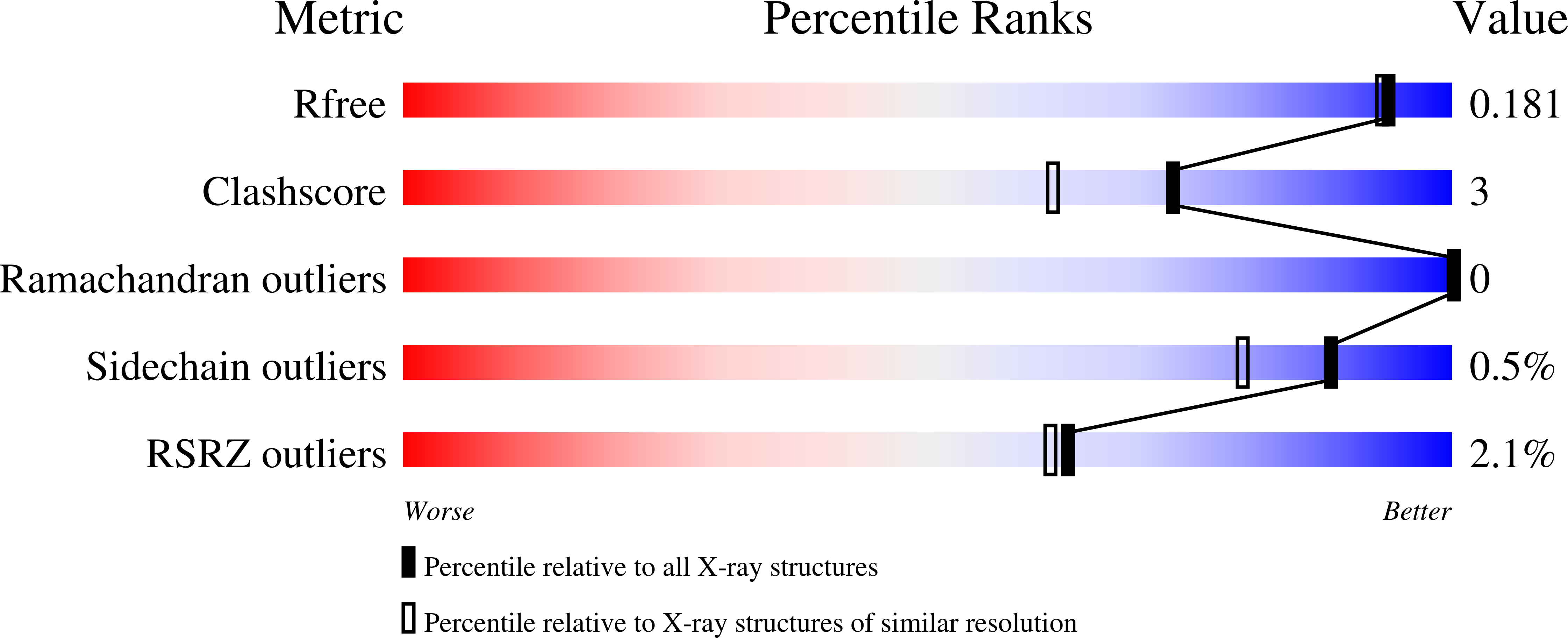
Deposition Date
2019-01-02
Release Date
2020-01-29
Last Version Date
2024-10-23
Entry Detail
PDB ID:
6QDR
Keywords:
Title:
Crystal structure of 14-3-3sigma in complex with a PAK6 pT99 phosphopeptide
Biological Source:
Source Organism:
Homo sapiens (Taxon ID: 9606)
Host Organism:
Method Details:
Experimental Method:
Resolution:
1.62 Å
R-Value Free:
0.18
R-Value Work:
0.15
R-Value Observed:
0.15
Space Group:
C 2 2 21


